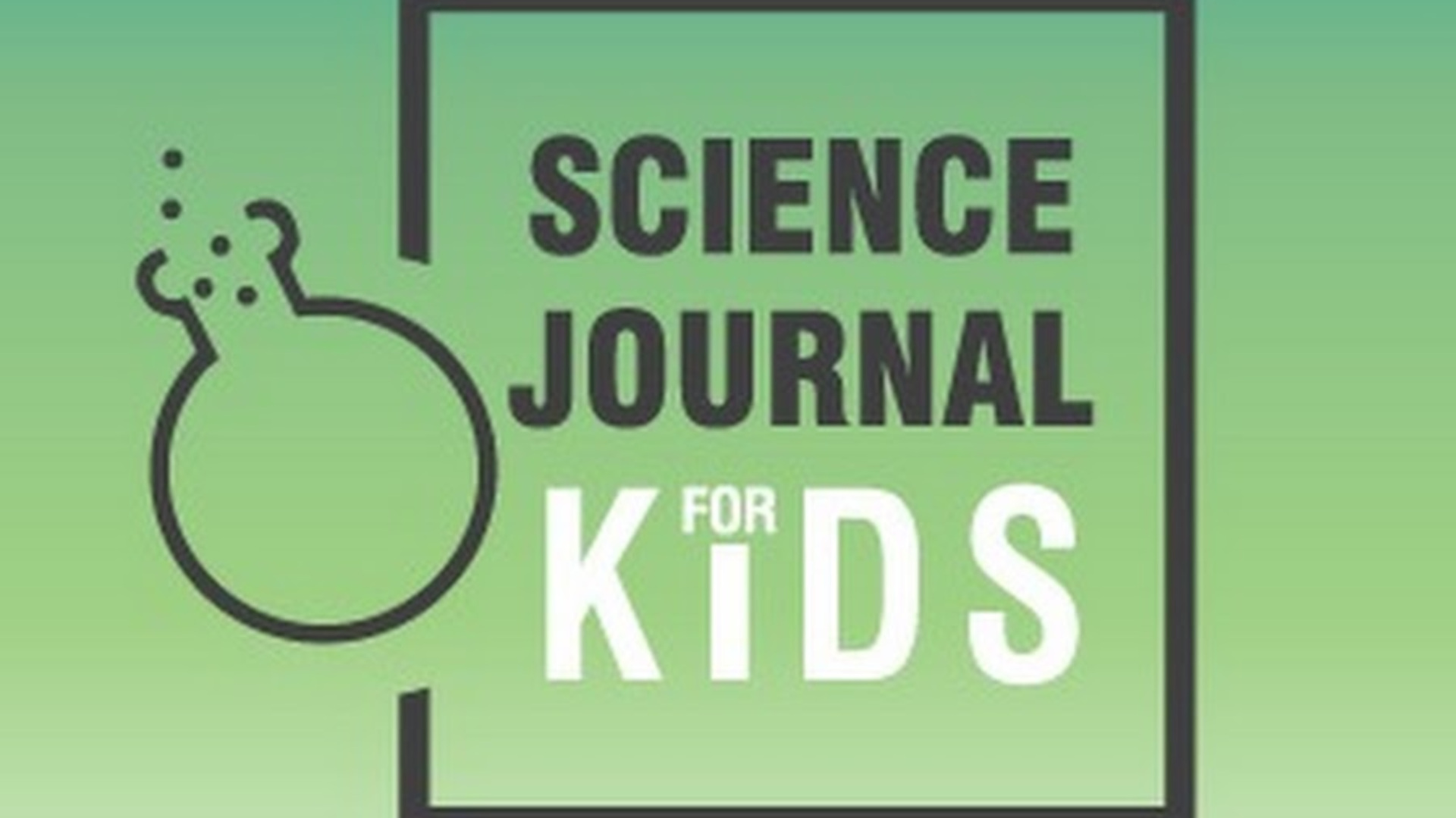Improving DEI District-Wide
The David Douglas School District's DEI (diversity, equity, and inclusion) efforts have led to restorative justice practices in the classroom and more diversity among educators.

The David Douglas School District in Oregon is making DEI (diversity, equity, and inclusion) a key part of its identity going forward.
The district has formed an equity team in every school and formalized a Strategic and Equity Plan. The equity plan requires the district:
- To set common goals and visions for racial justice across the district.
- To demonstrate the district’s commitment to achieving equitable outcomes for students of color – outcomes must not be predictable by race or ethnicity.
- To ensure that every student in the district feels welcome, safe, valued, and has an honored identity in the schools.
- To facilitate open communication and meaningful dialogue with families and communities of color.
- To provide a mechanism for both accountability and transparency in advancing equity.
LàShawanta ‘Taye’ Spears, Director of Diversity and Equitable Inclusion for the school district, says they are making progress toward these goals through many initiatives, including a combination of enhanced training and recruitment of diverse staff through the district’s successful “Grow Your Own” teacher program.
Improving DEI with “Grow Your Own” School Programs
A key part of the David Douglas School District’s diversification efforts is to recruit diverse educators from their current students via the district's Grow Your Own teacher program (GYO).
“That program started about seven years ago, but it looks a little different now because we have received funding from the state of Oregon,” says Spears, Oregon's 2021 assistant principal of the year. This funding specifically helps BIPOC students who are interested in becoming educators. “The plan is that they enter into a program and graduate debt-free, and we've been fortunate enough where we had seven BIPOC GYOs graduate last year, six were hired in our district for this school year,” Spears says.
School leaders should help students who go into education capitalize on tuition reimbursements that may be available in their states, Spears says. “Talk to your state legislators about what you need in schools. Identify a part of your budget to ensure that is dedicated for GYOs,” she says. “If schools are saying it is a priority to diversify our schools, I think it's extremely important to identify funds to support that within your budget.”
In addition, districts looking to create a strong Grow Your Own program should connect with a university education program to create pathways for students. “We've been fortunate enough that some of our partner universities have given us really good discounts for our students,” Spears says.
Tech & Learning Newsletter
Tools and ideas to transform education. Sign up below.
Offering DEI Training in Various Formats
The administration at David Douglas School District has promoted diversity among its staff with training that tackles various topics and is offered in different mediums. For example, at the beginning of the year staff members are required to take multiple Vector Solutions Diversity & Inclusion Training courses. Beyond these courses, staff members participate in trainings throughout the year.
“My department come up with PDs to continue our efforts around how do we address racism? How do we interrupt it? And how do we stay knowledgeable of it? So we have five PDs that we created for that,” Spears says. The combination of these two types of course offerings helps make DEI a focus for educators in the district throughout the year.
Utilizing Restorative Practices Instead of Punitive Discipline
Across the district educators are now trained in restorative justice practices. “We have also changed our referral form -- it's called a behavior incident referral form now,” Spears says. “We're giving redirects, we're talking to kids more, and when students are having a challenging time and may have to be removed from school, we're doing reentry circles with the parents and the students.”
This inclusive model is designed to raise scores of students with behavior issues while decreasing referrals and suspensions. The David Douglas School District does not yet have district-level data on the impact of these policies, but anecdotally the work seems to be helping students
“I've already heard from principals when I've gone into buildings,” Spears says. “They're saying it just feels different.”
Erik Ofgang is a Tech & Learning contributor. A journalist, author and educator, his work has appeared in The New York Times, the Washington Post, the Smithsonian, The Atlantic, and Associated Press. He currently teaches at Western Connecticut State University’s MFA program. While a staff writer at Connecticut Magazine he won a Society of Professional Journalism Award for his education reporting. He is interested in how humans learn and how technology can make that more effective.

